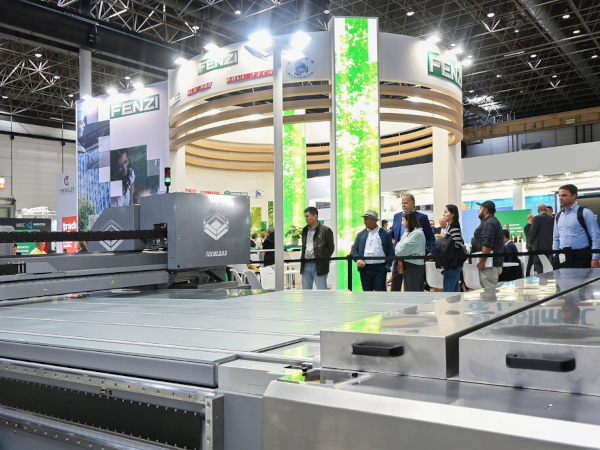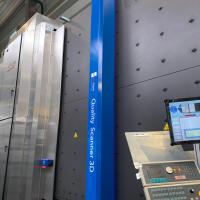Date: 19 August 2015
The best way to reduce energy costs by installing energy-efficient glazing or windows for your home or building.
Glazing primarily allows daylight to enter buildings; this in turn improves residents’ well being and augments their productivity. It also reduces the energy used for artificial lighting. It is important that the glazing system enables ample daylight to enter without the accompanying heat and glare. There are many ways in which this can be achieved. With proper selection and orientation, energy efficient glazing can help provide all round comfort and reduce energy consumption.
The energy efficiency of a building is greatly impacted by the windows and other glazed external surfaces. Using advanced glazing solutions can significantly reduce the need for heating and cooling the buildings, thereby reducing energy consumption and associated CO2 emissions.
.jpg)
BENEFITS OF ENERGY-EFFICIENT GLAZING
• Smaller energy bills
• Smaller carbon footprint
• More comfortable home: Energy-efficient glazing reduces heat loss through windows.
• Reduced condensation: Energy-efficient glazing reduces condensation build-up on the inside of windows.
INSTALLATION
Proper installation is essential for any energy-efficient window to ensure energy efficiency. Therefore, always have a professional install your windows.
Window installation may vary depending on the type of window or the construction of the house. Windows should always be installed according to the manufacturer’s recommendations and proper air sealing is to be ensured during installation, for the windows to perform correctly.
WHAT ARE THE GLAZING SOLUTIONS AVAILABLE?
AIS provides a wide range of solutions for your energy efficiency needs:
Ecosense from AIS
Ecosense is a unique range of high-performance glass in natural shades available as Enhance (Solar Control) and Exceed (Solar Control Low-E). It is the perfect amalgamation of energy efficiency and optimum day-lighting, and designed to deliver superior performance that allows architects and builders to set a higher standard of green architect by:
• Allowing optimum light to pass through windows/facade while absorbing and reflecting away a large degree of the near range Infrared heat.
• Keeping indoor spaces brighter and cooler.
AIS Opal Solar Control Glass
Cut out the heat from your buildings – in the colour of your choice – with AIS Opal. A popular choice for Heat Reflective Glass, AIS Opal’s solar control properties makes it the best choice for exterior glass. So while your buildings stay cool, they also look stylish.
• AIS Opal is manufactured using cutting-edge CVD technology which makes it a long-lasting and durable glazing solution.
• Available in a range of shades to meet every need and fit every design.
• A wide range of sizes and thicknesses for more choice.
For more details, visit http://bit.ly/AISIndia









Add new comment